Trade-Offs in Drone Technology: High-Performance vs. Data Security
Maurice Mugo, Digital Content Producer
Posted 10/24/2023
Drone Data Security: Introduction
In an era dominated by groundbreaking tech advancements, drones have become a staple asset for operational success in multiple industries. However, are we compromising our data security for superior performance? While the convenience and efficiency of these drones are undeniable, the silent and substantial risk of data breaches cannot be neglected. Industry players and regulators are paying closer attention to this. Let’s look at what all the fuss is about.
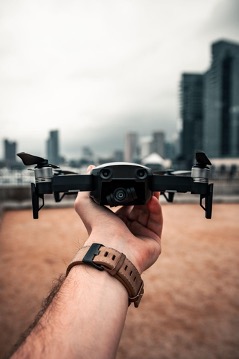
The Rise of High-Performance Drones
First off, where are these drones being used?
Construction: The Smarter Way To Build
Drones here are altering the traditional way of doing tasks on construction projects – whether it’s building apartment complexes and shopping malls, pipelines and oil rigs, or roads and bridges. They are used in:
Site Surveying: Using drones, professionals can swiftly and accurately survey a site. This eliminates the need for lengthy manual measurements and provides data for creating detailed 3D models or topographic maps.
Building Inspections: Remember the times when inspectors had to dangerously scale tall structures? Now, drones can easily access hard-to-reach areas, capturing detailed images without risking human life.
Progress Monitoring: Project managers can get real-time visual updates of a construction site from drones. It’s as a bird’s eye view of your project – available whenever you need it, 24/7, giving you insights to optimize workflows and resource allocation.
Thermal Imaging: Some drones come equipped with thermal imaging, helping detect insulation problems, water leaks, or electrical issues. For instance, if there’s a water leak in a building’s roof, a drone with thermal imaging can detect the colder area where the water is seeping in.
Volumetric Analysis: Estimating the amount of material needed for large projects can be daunting. Drones equipped with LiDAR or photogrammetry can measure and analyze the volumes of materials required.
Documentation and Marketing: High-quality images and videos of a construction project, taken by drones, can be a great asset for documentation, client updates, or even marketing campaigns.
When looking for construction-specific drones, focus on factors such as flight time, camera quality, ease of use, and data processing capabilities.
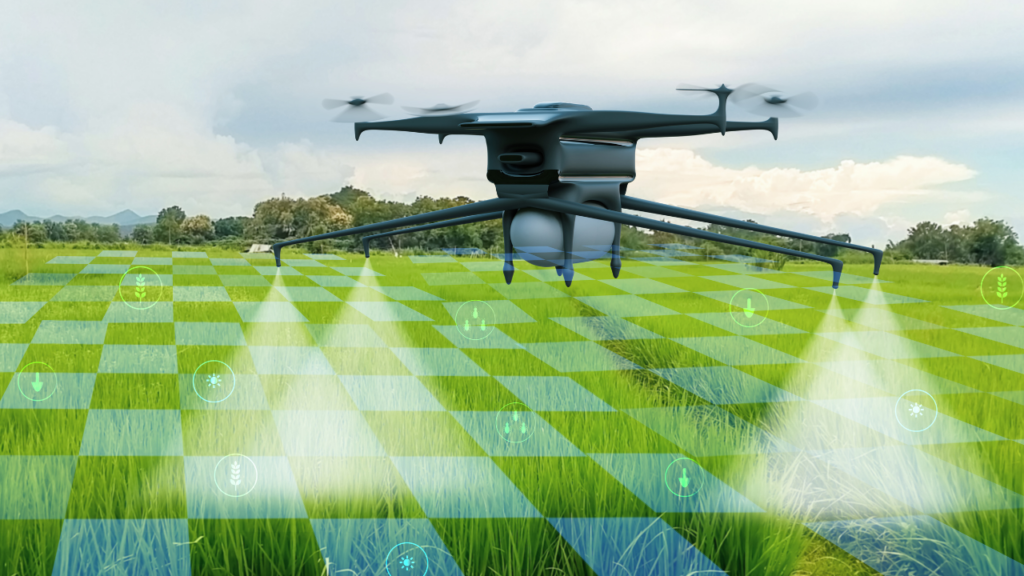
Agriculture: Chasing Bumper Harvests
Farmers and research institutes have not been left behind. Drones have come in handy during:
Crop Monitoring: Drones equipped with multispectral cameras can see beyond the scope of the human eye. This helps in keeping track of the health of your crops and even analyze the soil they are growing on.
Livestock Management: Monitoring livestock, especially in vast farms, can be challenging – but not with drones. These gadgets hep farmers keep tabs on their herd, any time of day or night.
Efficient Coverage: They can cover expansive fields, providing comprehensive data and imagery for better farm management, without the legwork of traditional operations. Larger drones can even be used to irrigate the farms.
For agriculture purposes, it’s essential to focus on drones with good coverage capabilities, high-resolution imaging, longer flight durations, and versatility in terms of payload customization.
Public Safety: The ‘Teammate’ Gliding Above
For law enforcement and emergency responders, where lives are on the line, drones play an indispensable role. Here’s how:
Rapid Response: In emergencies, time is of the essence. Drones can quickly reach a scene and provide real-time data to first responders. Like fire departments using drones to assess an active scene, giving insights into the fire’s spread and the best entry points.
Enhanced Situational Awareness: In case of accidents, drones provide emergency medical services a clear picture of the scene, helping in better resource allocation.
Cost-Effective: Especially for small departments or rural areas, drones are a more budget-friendly solution compared to larger, manned aircraft.
High-Quality Data Collection: From accident scene reconstruction to forensic investigations, drones capture high-resolution data, aiding in a more in-depth analysis and understanding of situations.
With public safety applications, it’s essential to consider drones with excellent camera capabilities, extended battery life, a long transmission range, and enhanced safety features. Drone data security is important for public safety.
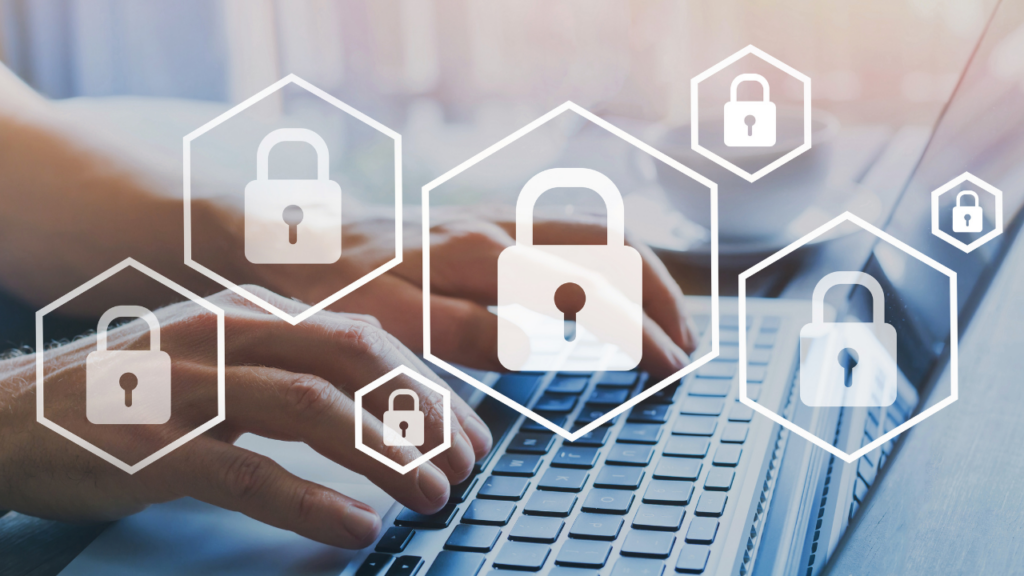
Drone Data Safety Concerns – What The Numbers Say
A recent survey by Teledyne FLIR highlighted that data security for Uncrewed Aerial Systems (UAS) remains a primary concern for professionals in public safety and critical infrastructure. Out of 733 drone professionals surveyed, 67% expressed concerns over unauthorized access to the data captured and managed by drones. A staggering 69% are worried that the data might be accessible to hostile entities, including foreign governments.
More findings include:
86% consider data security important when purchasing a UAS platform.
97% focus on the quality of the sensor payloads.
90% value ease of use, and 85% consider price.
The Balancing Act: The Need for Secure, Capable, and Affordable Drones
Lower-cost, high-performance drones, often from potential “countries of concern,” are dominating the industrial, commercial, and public safety industries. Nearly 95 percent of respondents indicated that they operate UAS platforms not domestically sourced.
It comes down to:
Performance: Organizations are after advanced capabilities and enhanced performance with the UAVs.
Budget: Affordability is crucial, driving many to opt for lower-cost options in the market.
Data Security: There’s a pressing need for secure platforms to protect sensitive data/ensure drone data security.
Emerging Solutions in Drone Data Security
The Teledyne FLIR SIRAS addresses these concerns head-on, prioritizing drone data security. It doesn’t allow cloud connectivity, storing imagery on an internal microSD card instead, which significantly reduces the risk of unintentional online data breaches.
The SIRAS drone is also known for its dual thermal and visible cameras, no geofencing, and other high-end features like the Vue TV128 radiometric thermal camera, 16MP visible camera with 128x zoom, and quick takeoff in less than 60 seconds, making it not just secure but also high-performing and user-friendly.
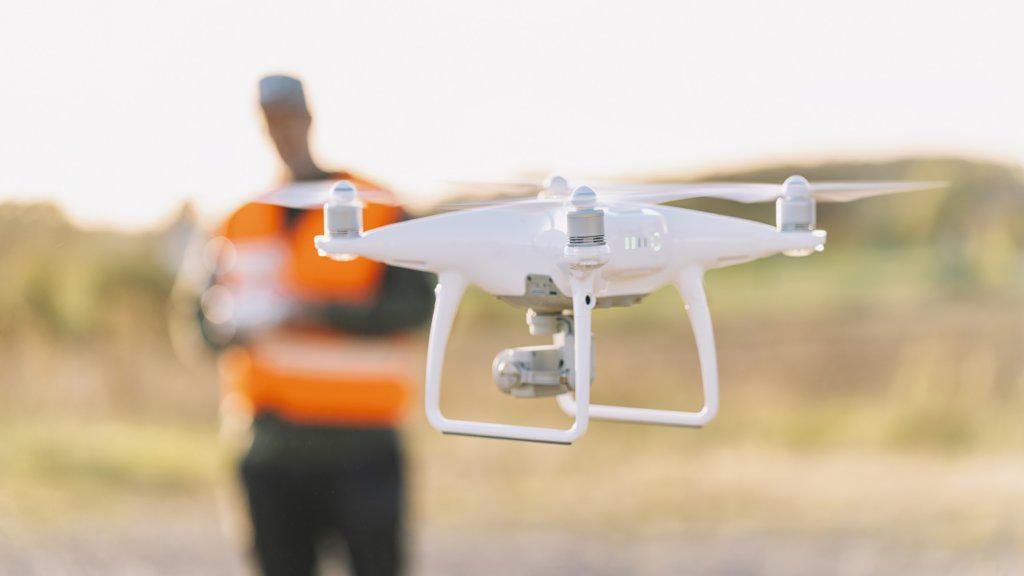
Regulatory Evolution and Industry Response- Drone Data Security
To guarantee accessibility to technologically advanced, economical, and secure drones for industry professionals, there has been a significant push for regulatory bodies to endorse and finance domestic drone production and acquisition. By availing grants and incentives to entities associated with public safety and crucial infrastructure, governmental bodies are in a position to aid the transition towards secure drones, sourced from trustworthy countries.
For instance, the DIIG Act is a $100 million initiative to harness drone technology for infrastructure inspections. It allocates competitive grants to local governments, promotes safety and reliability through enhanced inspection capabilities, and also focuses on workforce development and support for American-made drones
The Stemming The Operation of Pernicious and Illicit (STOP Illicit) Drones Act on the other hand seeks to regulate the influx of foreign-made drones. Its provisions include:
Prohibiting federal funding for drones from specific countries.
Restricting the FAA’s drone procurement and operations from the listed countries.
Mandating replacing foreign drones with those made in the U.S. or allied nations within a year.
Calling for the FAA to report on non-compliant drones and the associated replacement costs.
Furthermore, concerns over drones from specific foreign nations also have led to other legislative measures like the “Countering CCP Drones Act,” seeking to reduce U.S. dependency on such drones. As drones play an increasingly vital role in various sectors, the push for secure, high-performance, and domestically produced drones becomes crucial. By striking a balance between innovation and security, governments and industries can navigate the evolving drone landscape effectively.
Blue UAS Explained
The Defense Innovation Unit (DIU) of the Department of Defense (DoD) has initiated the Blue UAS effort. This effort evaluates and Cleared List: An updated list of drones authorized by the DoD to meet the evolving needs of government missions. These drones are safe and cyber-secure.
On-Ramp: Facilitates the swift introduction of reliable and secure commercial drones into the government market.
Hub: An informative website that consolidates details about Blue UAS resources for both the industry and government stakeholders.
Foundry: Enables rapid development and scaling of UAS technology, ensuring they meet government needs.
Framework: Supplies NDAA-compliant software and UAS components, promoting alternatives and boosting UAS developer capabilities.
The rise of the Blue UAS in the U.S. comes as drones gain traction for various applications. As drones offer extensive aerial capabilities, their integration into military and other critical operations becomes invaluable.
However, not being on the Blue UAS Cleared List does not disqualify drones from being purchased by government organizations. Entities can choose drones that fulfill their unique mission requirements.
Fly Smart, Fly Safe
The rapid advancements in drone technology have brought high-performance drones to the forefront in several industries, leading to enhanced efficiencies and improved outcomes. However, the persistent concerns surrounding drone data security cannot be simply wished away. Organizations need to find a middle ground, one where they can acquire drones that deliver on their operational mandate, are cost-effective but also secure the data they hold. Because the tech is only going to get more powerful – but it doesn’t have to be at the expense of integrity and security of user data.
Related Articles

Drone Based Inspections and their Use in the Future of Facility Maintenance
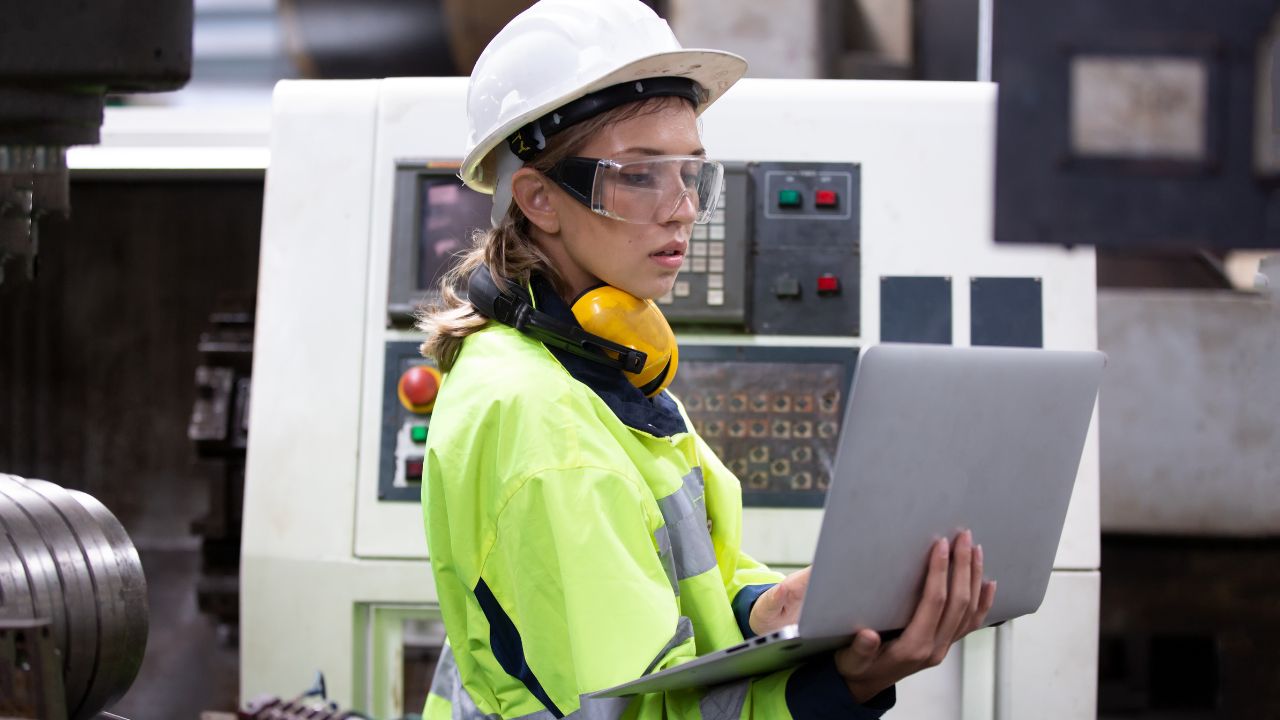
3 Things You Should Not Be Doing As A Facility Manager
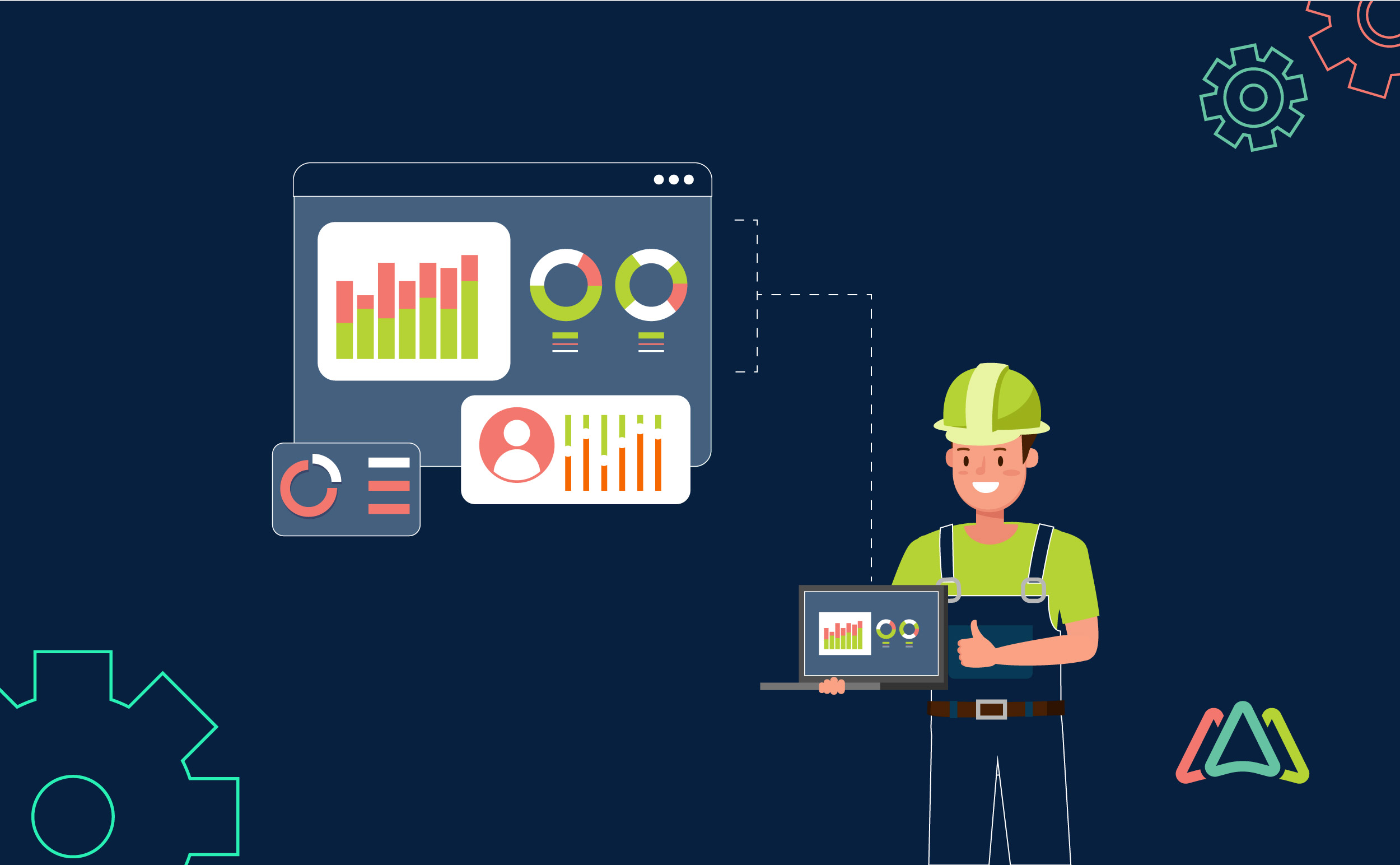
8 Tips for Getting Maintenance Technicians to Adopt CMMS Software




